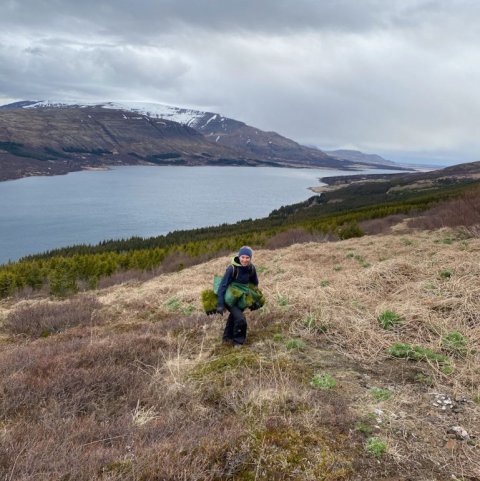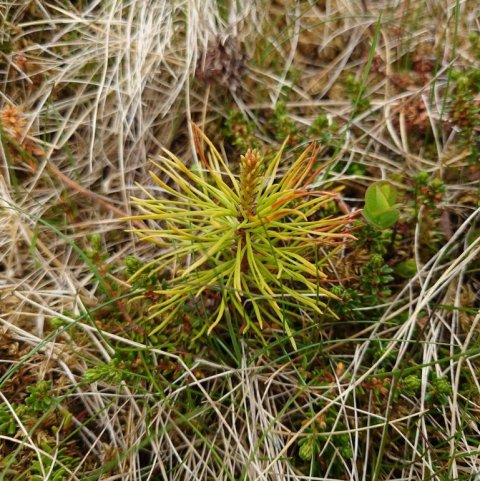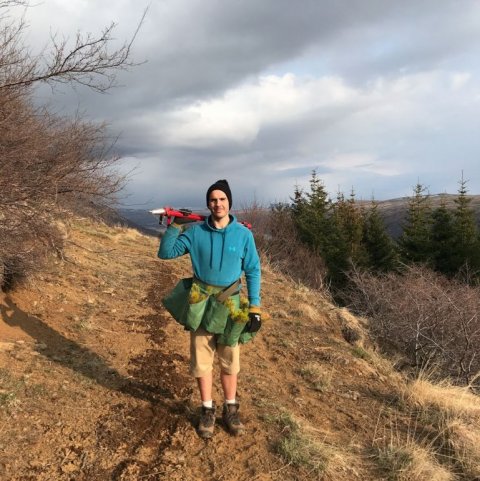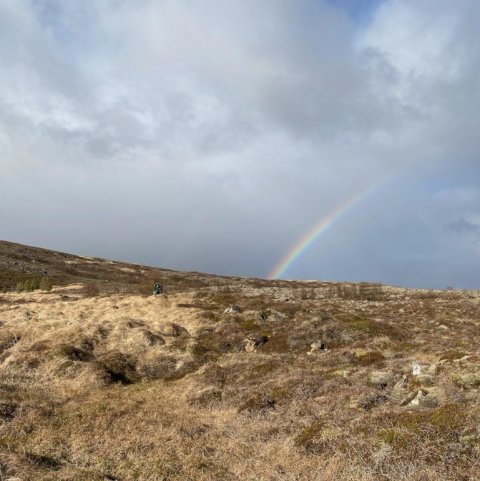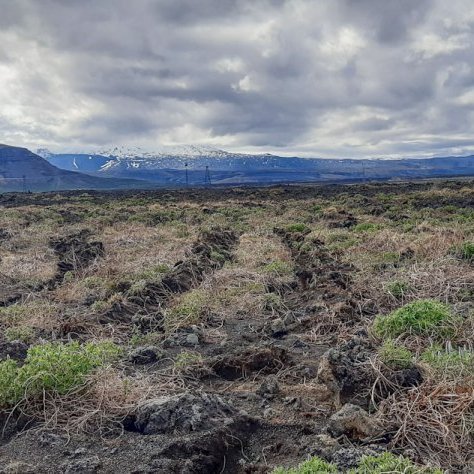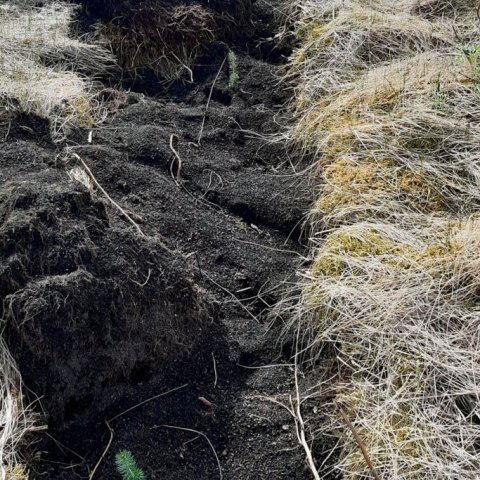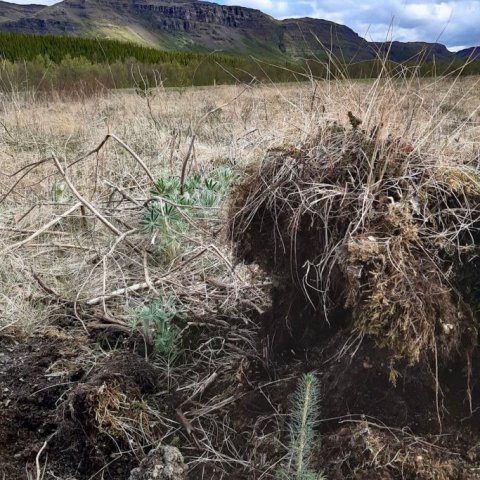Land Life Company collaborates in three reforestation projects in Iceland
09.06.2021
The Icelandic Forest service has entered into a partnership agreement with Land Life Company for the reforestation of 500 hectares of degraded land over the next two years. Planting is already on the way in two of the three contract areas, Stálpastaðir in Skorradalur West-Iceland and in Thjórsárdalur in the southern part of the country.
Land Life Company is based on the idea that technology and a market approach can drive innovation in the rehabilitation of degraded land, especially through reforestation. On the company website, landlifecompany.com, it is pointed out that there are two billion hectares of degraded land in the world. Land Life Company wants to help restore this land and has a shared conviction that a business approach and technology is the way to go. The company supports forestry projects in 25 countries on three continents. Its headquarters are in the Netherlands.
Three areas in Iceland
The agreement with Skógræktin covers three areas, Sandártunga in Þjórsárdalur and areas above the existing forests in Haukadalur in Biskupstungur South-Iceland and in Stálpastaðir in Skorradalur West-Iceland. The areas are all a continuation of forestry in the relevant places, which will now go faster than ever before due to the financing of Land Life. All areas were highly degraded when the Icelandic Forest Service took over the land. They have mostly been rehabilitated with lupine in recent decades. They therefore fit well with the goals of Land Life and the Icelandic Forest Service for land rehabilitation. Planting trees is a sensible next step when lupins have done their job of binding the soil and building up fertile soil.
In addition to soil protection and forest ecosystem restoration, sequestration of CO2 from the atmosphere is one of the main objectives of forestry in these areas. The total sequestration in the three areas is estimated at 475,000 tonnes of CO2 over the next 50 years. All three project areas are within the national forests and will as such be open to the public for outdoor recreation.
Planting crew in action
Planting has already begun and contractors have been working for the last few days and weeks in both Þjórsárdalur and Skorradalur. The existing lupine and grass in the areas is a sign of soil-fertility and good conditions for trees to grow. But this powerful vegetation gives the tree seedlings heavy competition and therefore, preparing the land by harrowing is essential before tree planting. This action loosens up the soil and facilitates planting as well as freeing the seedlings from competition during the first years of growth. In a growing forest, the wounds will quickly heal and disappear. The additional growth initiated by the reforestation more than compensates for the limited carbon emissions resulting from the land preparation.
Private partnership agreements on reforestation are an important addition to other measures to curb rapid climate change. The Icelandic Forest Service is already discussing reforestation projects with several other parties, domestic and foreign. Thus it can be expected that we will see more such successful partnerships in the coming years, expanding both native birch forestland in Iceland and commercial or carbon forests.
Text: Pétur Halldórsson


